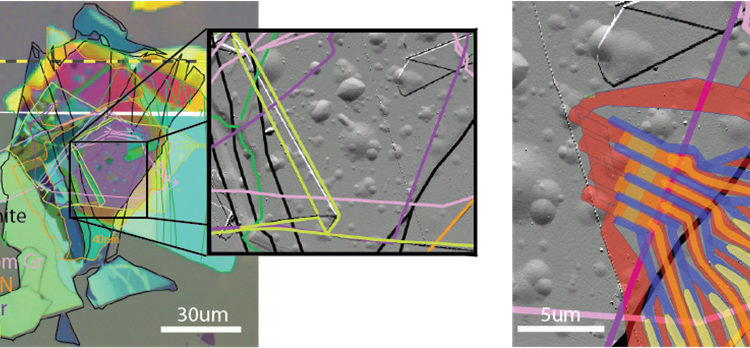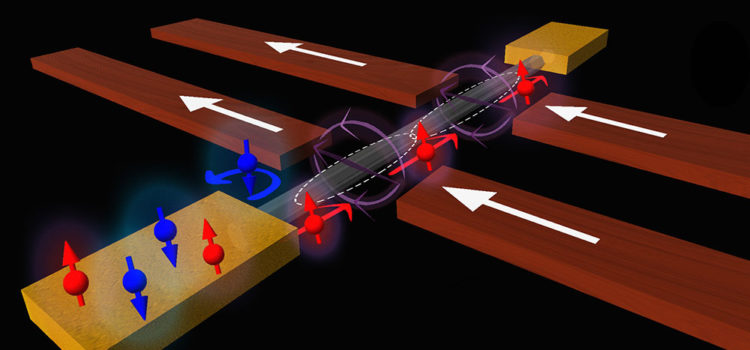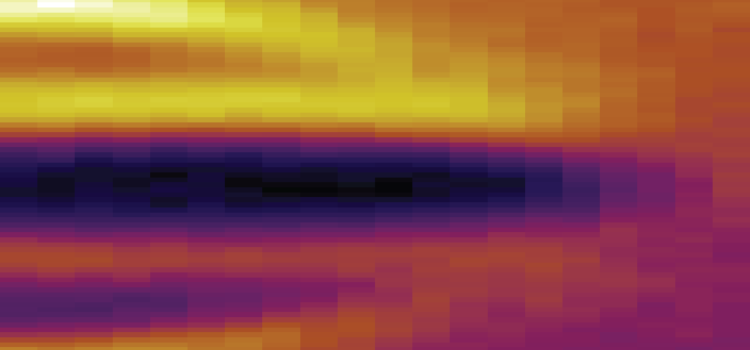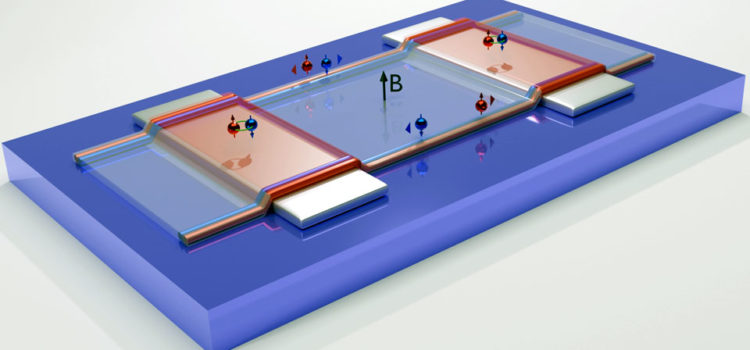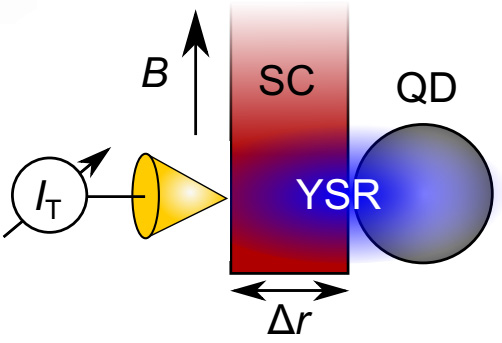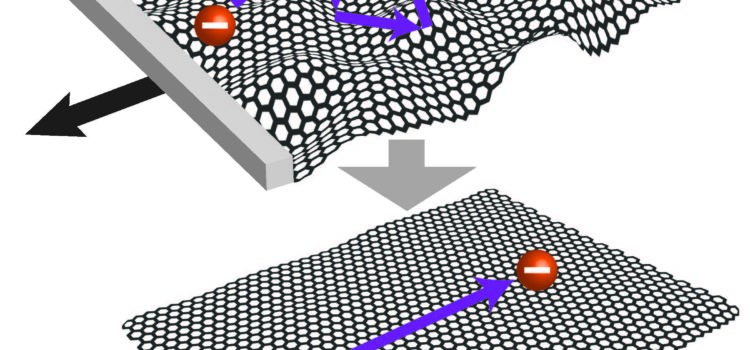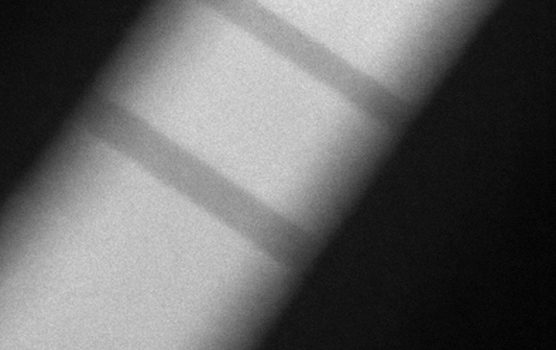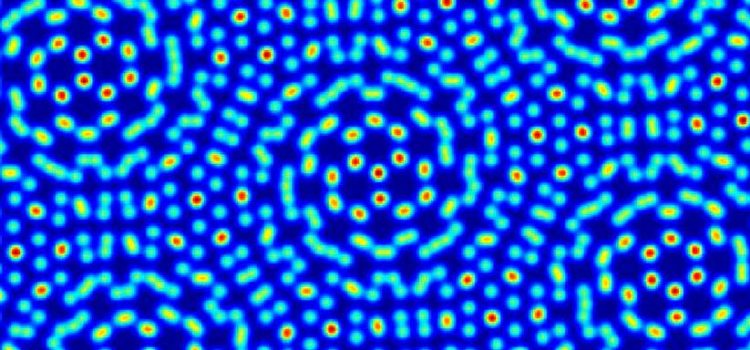suspended CVD graphene
New paper published: Out-of-plane corrugations in encapsulated graphene
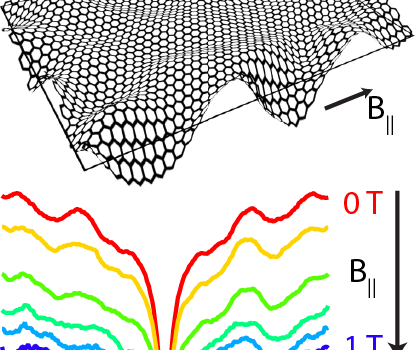
Graphene, the first truly two-dimensional material isolated, is never perfectly flat. Even when it is sandwiched between other atomically flat crystals, it still slightly ripples. These out-of-plane corrugations, the deformation of the graphene layer into the third dimension, have profound










